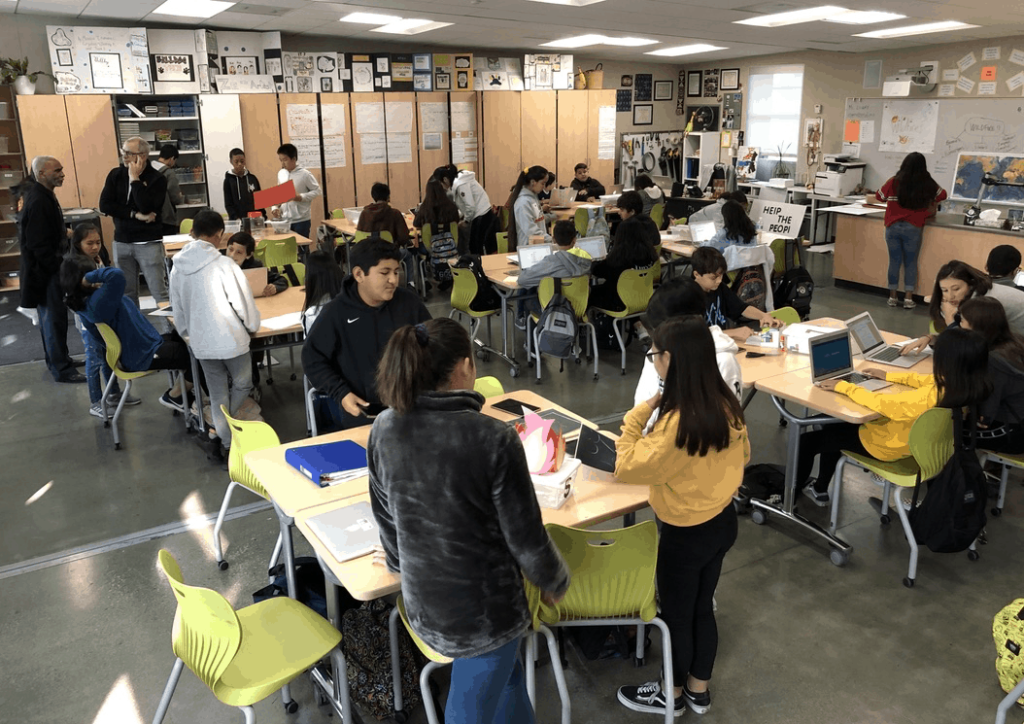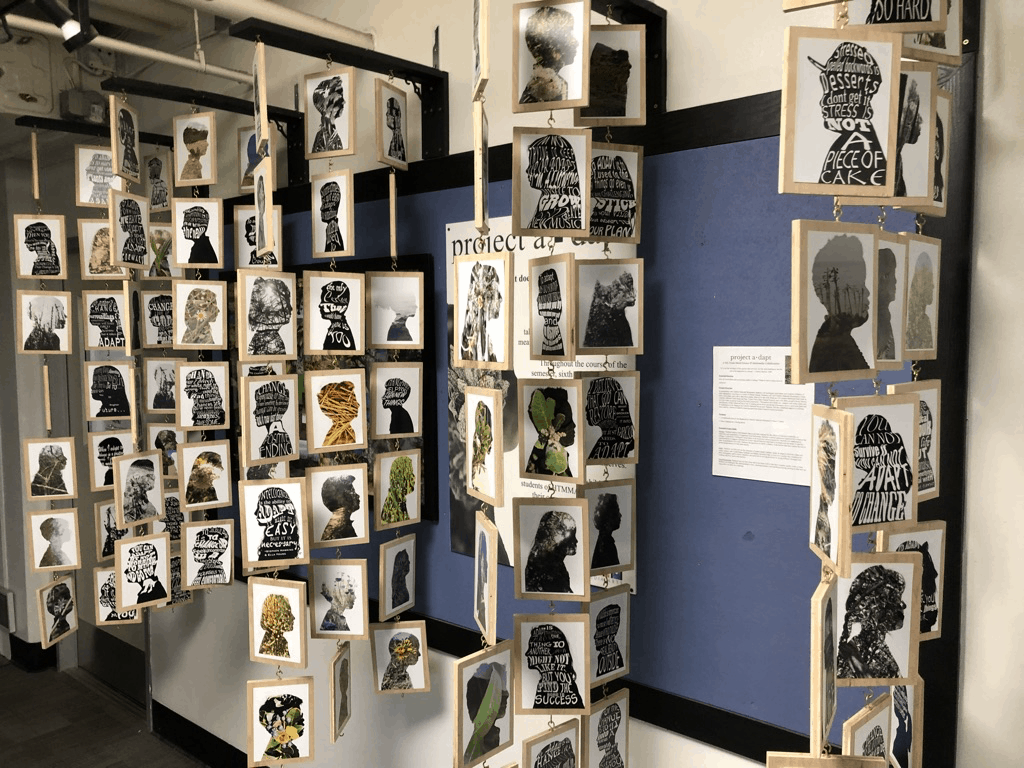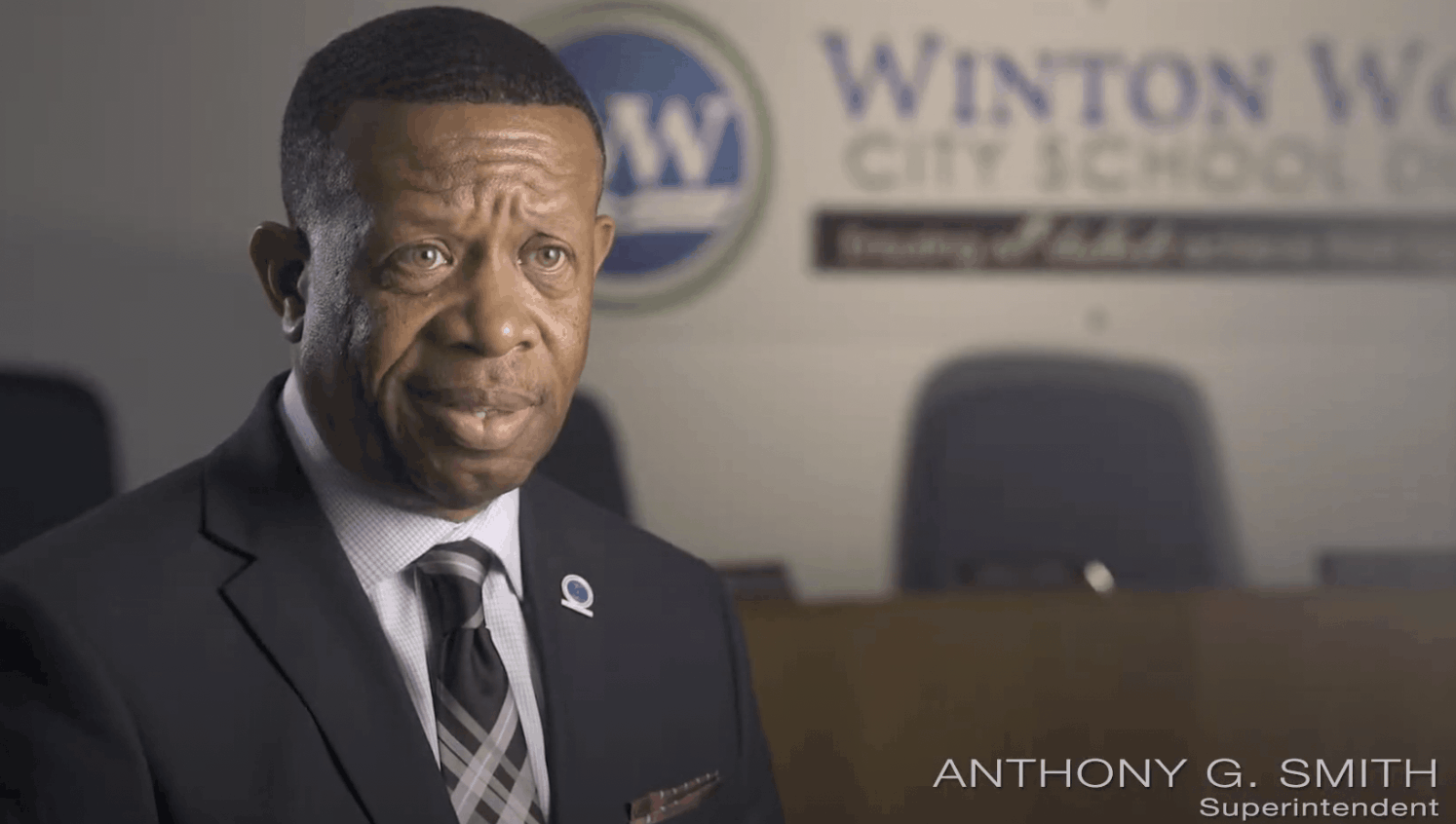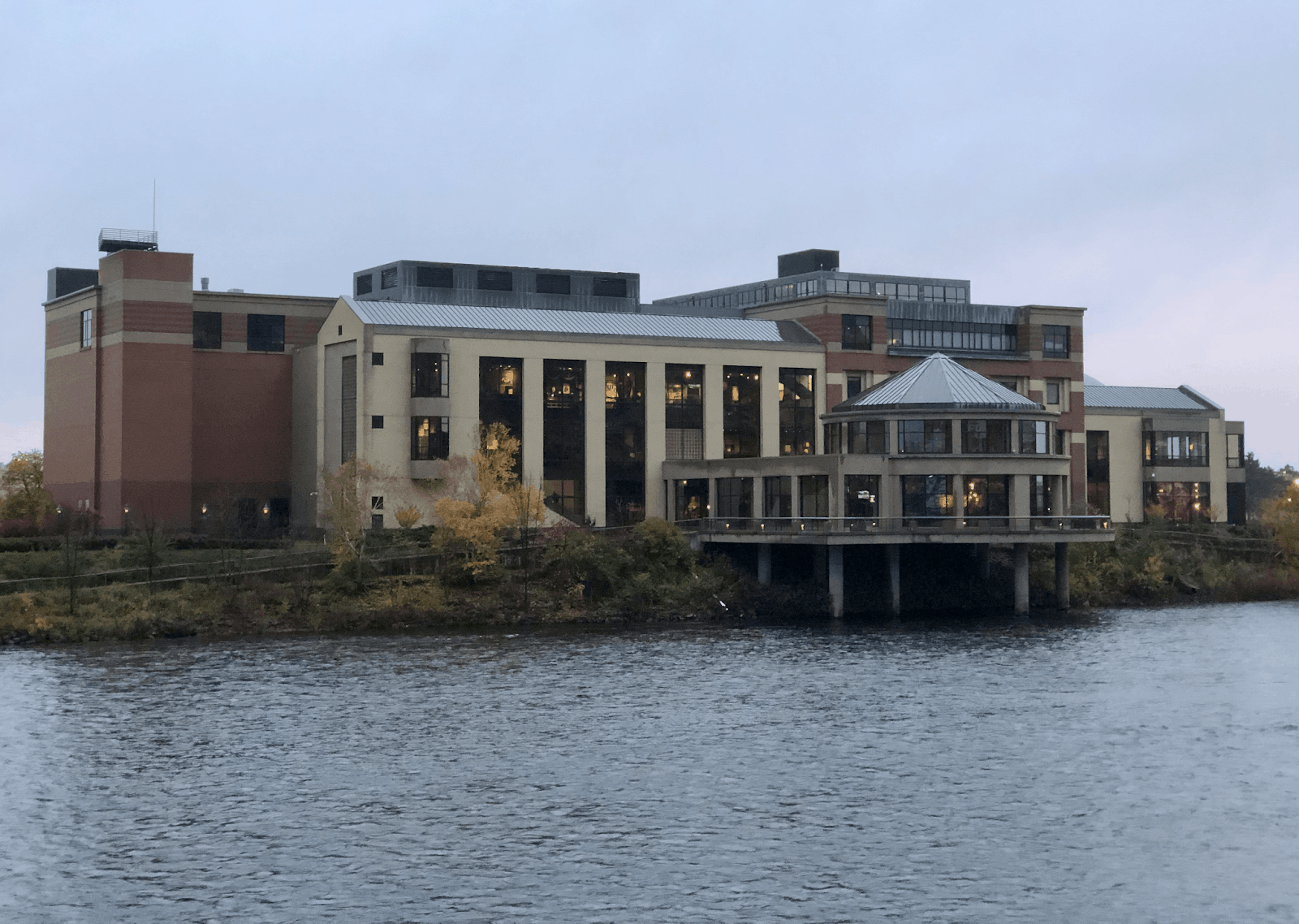Learner-Centered and Project-Based Middle Schools

Bet you didn’t know today is Better World Day. It’s a day every year that thousands of students from the EL Education network “take action to co-create a better world in partnership with their local communities, connect with each other, and celebrate meaningful student work.”
EL, formerly Expeditionary Learning, is a curriculum provider and network of like-minded schools with roots in Outward Bound — so they know how to get outside and connect with their community. They share beautiful design principles including “The having of wonderful ideas”. The EL network also shares an outcome framework with “contribute to a better world” at the heart — every day at an EL school is a Better World Day.
Better World Middle Schools
In response to a community question about middle schools changing the world, we built a list of
middle schools that engage learners deeply in issues that matter to them and their community. In addition to a number of EL schools (thanks to a few tips from Ron Berger) the list includes some of the 200 schools in the New Tech Network that feature team-taught project-based learning.
California
Design39, in Poway School District north of San Diego, is a spectacular K-8 school featuring design thinking and personalized learning (featured here). Check out this podcast episode with Joe Erpelding, formerly of Design 39 on why this is such a magical school and how they live into their motto: “Life ready thought leaders who elevate humanity.”
High Tech High has 5 great middle schools (each part of a K-12 feeder) in San Diego County. They are all exemplary at interdisciplinary project-based learning–particularly at infusing art. They have their own graduate school of education which is great on PBL, design thinking, and equitable learning.

Cajon Valley USD in east San Diego Co is strong on K-8 career education with 54 integrated and immersive units K-8. They have a great middle school career center developed with the workforce board.
The Evergreen School District in East San Jose has three New Tech Network schools: Katherine Smith Elementary, Lobo School of Innovation and Bulldog Tech Middle School (see feature). All three are exemplary examples of integrated PBL.
Pennsylvania
Environmental Charter School at Frick Park in Pittsburgh uses its environmental theme to build systems thinkers, explore complexity and develop problem-solving skills. Projects focus on Global Goals. The K-9 school has 950 students and is adding a grade a year to become K-12
Students at Science Leadership Academy Middle School in Philadelphia learn in a project-based environment where the core values of inquiry, research, collaboration, presentation, and reflection are emphasized in all classes. Like the SLA high school, these values are practiced in every classroom and inspired a network of progressive schools across the city.
Ohio
School of Innovation (@WES_Innovation), part of Willoughby-Eastlake City Schools (east of Cleveland), is a 3-8 school (growing to 3-12) in a former corporate training facility. This school is a good use of design thinking.
Serving a northern Cincinnati suburb, Winton Woods City Schools is an example of a school district that piloted and then fully implemented project-based learning K-12 as a member of the New Tech Network (see Superintendent Anthony Smith discuss implementation).

South Carolina
Meadow Glen Middle School in Lexington (in the metro Columbia metro area) is a big diverse district school where learning is active, challenging, meaningful, public and collaborative. Like other EL schools, MGMS students participate in case studies and expeditions in which they grapple with real-world problems and create professional products for a professional audience.
The Colleton County School District (west of Charleston) includes New Tech elementary and secondary schools including Palmetto New Tech, a school-within-a-school at Colleton County Middle School.
Maine
King Middle School is one of three large middle schools in Portland, Maine. The EL school serves a very diverse (high refugee) mostly low-income student population. Students engage in 8-12 week in-depth interdisciplinary expeditions that require students to engage in sophisticated research, engage with the community in authentic ways, and present their findings in high-quality products presented to real audiences. While there, visit Casco Bay High School, another exemplary EL school.
New York
NYC Outward Bound Schools (part of the EL network) impacts more than 70 NYC schools and operate four diverse high challenge schools including Washington Heights Expeditionary Learning School (WHEELS) and Metropolitan Expeditionary Learning School (MELS) in Queens.
In Rochester, World of Inquiry School is a K-12 school that seeks to “foster culturally responsive learner experiences founded in EL practices that champion empowered citizens who are agents of change.”
Colorado
Odyssey School of Denver, authorized by Denver Public Schools, was the first school opened in the mixed-income Stapelton airport redevelopment. The K-8 students collaborate and explore and, like other EL learners, demonstrate learning through public presentations and portfolios.
Polaris is a grade K-12 school in the Poudre School District an hour north of Denver. The EL school harnesses the students’ natural passion to learn and helps children develop the curiosity, knowledge, skills, and personal qualities they need for successful adulthood. Polaris’ environment supports an experiential curriculum, critical life skills, and connections to the community.
Massachusetts
In central Massachusetts, there are two EL schools, a diverse 6-12 district school, Springfield Renaissance, and a half-hour north is Four Rivers Charter School serving a mostly rural student population.

Michigan
The Grand Rapids Public Museum Middle School is on the top floor of a spectacular science museum (above) on the banks of the Grand River. Students are immersed in “theme-based projects that combine English and social studies concepts (Meanings) and science and math concepts (Patterns) into a 9-week project that pulls knowledge from each core area.” Students use design thinking strategies to solve real-world problems and share the process with others.
A few miles north is Kenowa Hills Middle School where there is “a culture of belonging, personal pride and empowerment” where learners are encouraged to contribute in their own unique way. They stress mastery of skills outlined in a Profile of a Graduate.
Washington DC Area
Capital City Charter School serves a diverse group of P-12 learners. In 2015 it was deemed a mentor school for the EL network. They seek to “graduate young adults who are self-directed, intellectually engaged and possess a commitment to personal and civic responsibility.”
Focused on creating a more just and kind world, EL Haynes Public Charter School is a K-12 school with a separate middle-grade campus serving grades 5-8. The middle school offers a comprehensive academic program that drives student success paired with a robust out-of-school time program. As the first year-round school in Washington, DC, the middle school offers before and after school programs as well quarterly Intercessions.
Brambleton Middle School in Loudoun County brings to life the district’s mission: empowering all students to make a meaningful contribution to the world. Principal Renee Dawson leads a team that combines personalized and project-based learning using resources inside and outside the building for authentic exploration, inquiry and learning.
We hope you found inspiration in this list and that you’ll be able to learn more about these schools–maybe even visit a few next year. And, if you have other great examples of middle schools making the world a better place, we’d love to hear from you.
For more, see:
Stay in-the-know with innovations in learning by signing up for the weekly Smart Update.





0 Comments
Leave a Comment
Your email address will not be published. All fields are required.